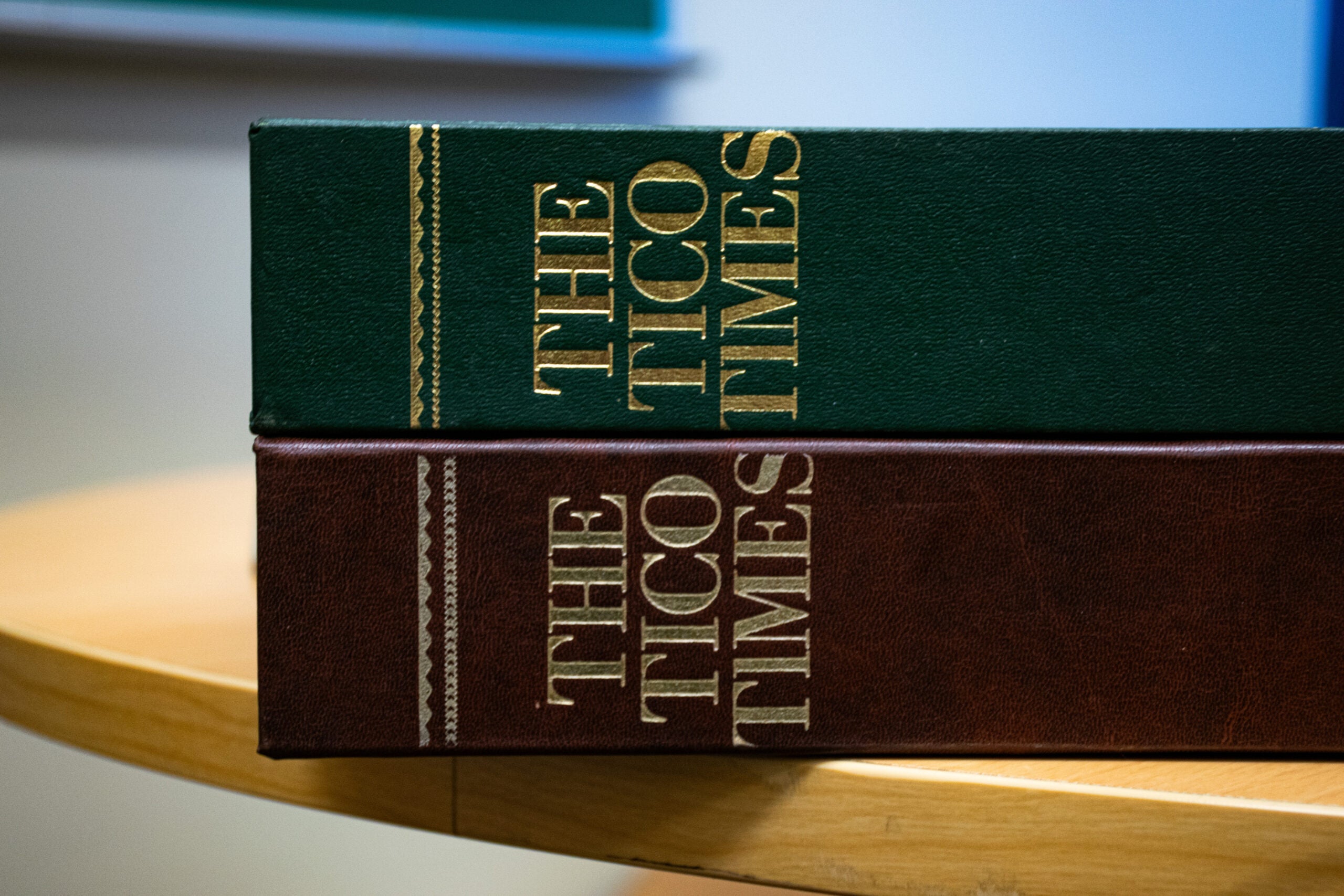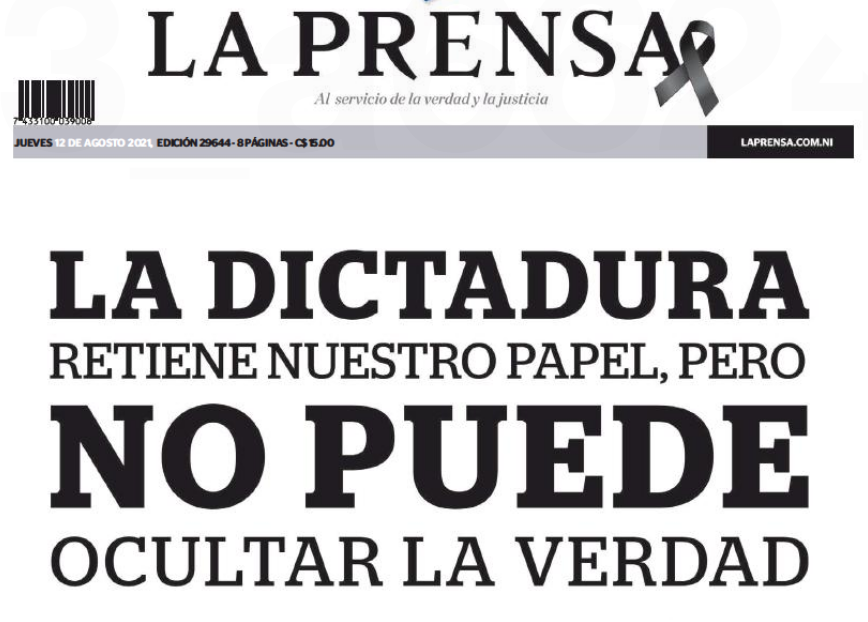
For decades, The Tico Times newspaper has covered Costa Rica and Central America for an English-speaking audience. After former publisher and editor Dery Dyer passed away in 2020, a concerned former journalist of the publication helped to find her old boss’ archive a new home.

Exhibition in São Paulo presents previously unpublished photographs by Brazilian photojournalist Evandro Teixeira during the first days of the Augusto Pinochet dictatorship in Chile, among others. The exhibition prompts a reflection on the role of the press and photography in authoritarian contexts.

Newspaper La Prensa of Nicaragua circulated in print for the last time on Aug. 12, at least temporarily, due to the lack of raw materials, the publication reported. La prensa said it will continue to report through social media and its website.

It is the 67th newspaper to end its print offering, either temporarily or permanently, between 2013 and 2019, according to IPYS Venezuela. Zulia joins three other Venezuelan states which no longer have a print publication, the press freedom organization added.
In a move contrary to global trends in journalism, the traditional newspaper Jornal do Brasil (JB) returned to the newsstands on Feb. 25 after eight years after it closed its print edition and became a purely digital media outlet.
Brazil’s Grupo Globo, one of the world’s largest media conglomerates, announced changes to the direction and operation of its two main print outlets, newspaper O Globo and weekly magazine Época on Oct. 23. The changes point to an attempt to renew the media organizations in the context of the newspaper’s digital expansion and the decreased print circulation of both publications.
At a time when most journalism is moving from print to digital, Peruvian investigative journalism site Ojo Público is doing the opposite. At least partly.
A free Brazilian digital magazine is proving that it is possible to produce specialized journalism while also reaching the general public. Two-year-old publication AzMina focuses on gender issues and produces complex and in-depth reporting with accessible language.
Mexican daily newspaper Norte of Ciudad Juárez took down its website Norte Digital on the night of April 4, two days after publishing a farewell editorial in its last printed edition. Both the digital and print versions of the newspaper were closed by director, Óscar Cantú Murguía due to a lack of security for the practice of journalism in the country.
The dean of the Venezuelan press will be able to circulate its printed version for approximately three more weeks, starting this Thursday, Jan. 12. However, for the owners of the newspaper and its more than 180 workers, the uncertainty remains as to whether Ceam will authorize them to buy another batch of newsprint that will allow them to continue producing and publishing their print edition without interruption.